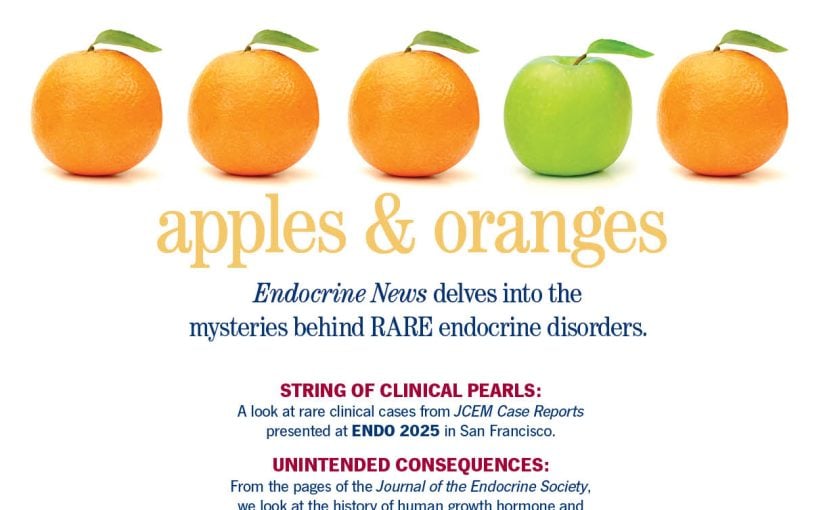After years of being told that there were no other scientists out there “who looked like him,” Antentor Hinton, Jr., PhD, made it his mission to increase diversity in research labs everywhere he could. By mentoring up and coming scientists, championing DEI, and even creating the 1,000 Inspiring Black Scientists of America list in the process, he still finds time to pursue his “big idea of being able to use 3D reconstruction as a vehicle to be able to understand the cell, through looking at mitochondria.”
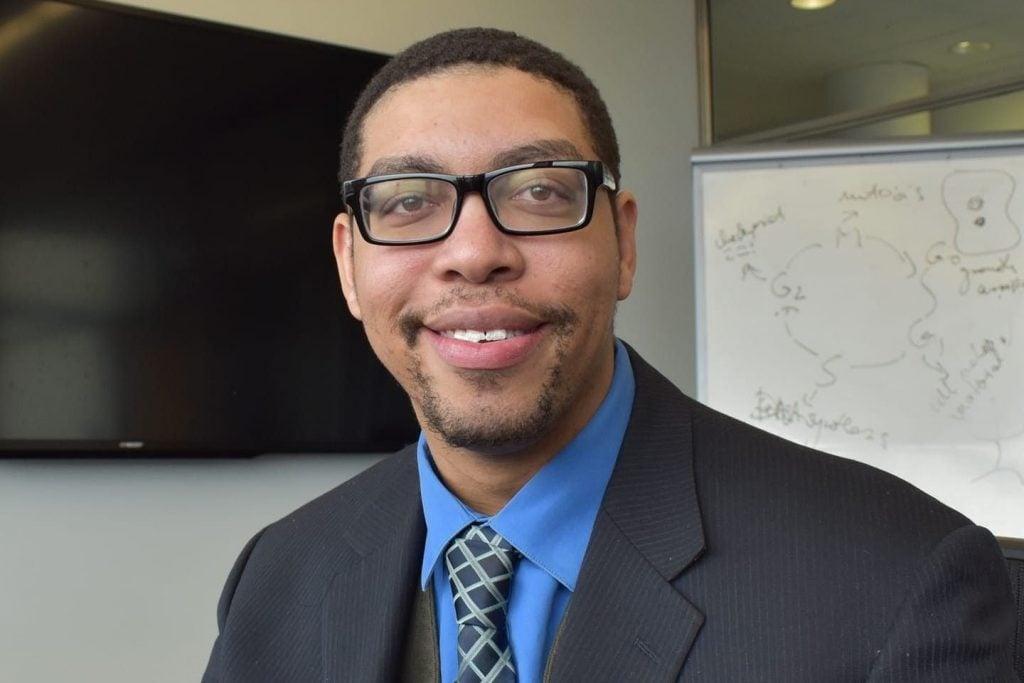
Antentor Hinton, Jr., PhD, has made it a life mission to make sure the world knows he’s not an anomaly — that there are thousands of other scientists in America doing amazing work who look like him. He’s even published lists with the proof.
Hinton, an assistant professor, and Ernest E. Just Early Career Investigator in the Department of Molecular Physiology and Biophysics at Vanderbilt University in Nashville, Tenn., was recently awarded for his mission with a $1.15 million, five-year grant from the Chan Zuckerberg Initiative’s Science Diversity Leadership program. The program honors researchers who have shown a history of promoting diversity and inclusion in their fields through outreach, mentoring, and leadership, and nothing describes Hinton’s work better. He’s also the principal investigator in his Vanderbilt laboratory where his diverse team is working to find organelle contacts in human tissue across ethnicities to increase representation in research.
While Hinton was at the University of Iowa from 2016 to 2021, his primary investigator (PI) and mentor there was Endocrine Society past-president, E. Dale Abel, MD, now chair of the Department of Medicine at the David Geffen School of Medicine at UCLA. Abel, who was then the director of the Division of Endocrinology & Metabolism in the Department of Internal Medicine at the University of Iowa, first met Hinton in 2015 at the Society’s Future Leaders Advancing Research in Endocrinology (FLARE) meeting. “One of the exercises was an individual career development plan. A.J. [Hinton’s nickname] confidently asserted that within 10 years he planned to be tenured professor and funded by the Howard Hughes Medical Institute (HHMI)!” Abel recalls. “Fast forward seven years. After spending five years in my laboratory as a post-doc, A.J. is now a tenure track assistant professor at Vanderbilt University, who has been incredibly successful in garnering multiple extramural awards including from the Burroughs Wellcome Foundation, the United Negro College Fund, and the NIH.”
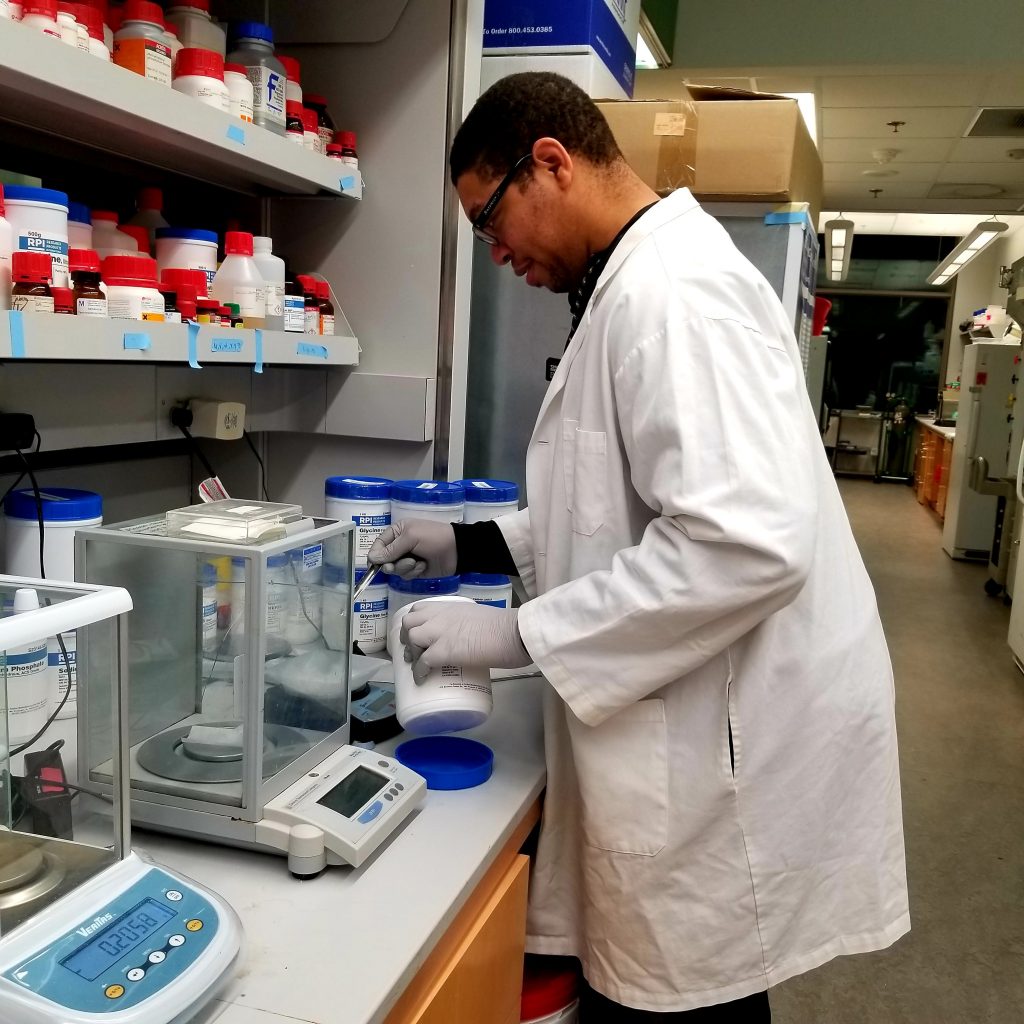
While a post-doc in Abel’s lab, Hinton was fiercely committed to investing in the future and diversity of life sciences and mentored dozens of undergraduate students from diverse backgrounds, including many who were first generation students and others from groups that have been historically underrepresented in science, and he received multiple University-level awards for his commitment to mentorship, according to Abel. “Therefore, I was very thrilled to learn that he was awarded a prestigious and competitive Chan Zuckerberg Initiative Award that will be used to decipher racial differences in the mitochondrial responses to heart failure, while using this as an avenue to increase diversity in science, through his commitment to mentorship,” he says. “I am incredibly proud of A.J. and honored to have played a small role in his meteoric rise and ongoing success.”
Endocrine News caught up with Hinton via Zoom during the midst of his busy Spain vacation to find out how the award will impact both his lab research and mission to elevate minority scientists across the country.
Endocrine News: Congratulations on such a tremendous award. How do you hope the grant will impact your work in the lab and beyond?
Hinton: Thegrant will allow me to keep pace with my big idea of using 3D reconstruction as a vehicle to be able to understand the cell, through looking at mitochondria. I’m curious if mitochondria could reveal pathology between a normal state and a disease state. I believe that when mitochondria changed their morphology, this is marked by changes in pathology. So, understanding how the context and structure looks like will give us clues about how pathology occurs, and as they change shape, maybe we could be able to dictate disease and maybe prevent disease ultimately.
Institutions can create programs that give junior faculty access to senior faculty for help in writing their first R01 grant and help to demystify the process. Sometimes it’s just about getting the first grant, and then the rest will come, right?!”
Antentor Hinton, Jr., PhD, Ernest E. Just Early Career Investigator; Assistant Professor, Department of Molecular Physiology and Biophysics, Vanderbilt School of Medicine Basic Sciences, Vanderbilt Diabetes Research and Training Center, Nashville, Tenn.
EN: Your laboratory uses a technology known as Focus Ion Beam Scanning Electron Microscopy (FIB-SEM) that allows for the 3D reconstruction and for you to observe the mitochondria. How might FIB-SEM impact patients with diabetes or obesity?
Hinton: The hope is to build a large mitochondrial database that allows us to take biopsies from skeletal muscle, liver, any muscle or organ, and be able to compare, after doing structural changes with FIB-SEM to every other tissue that’s in the database to determine if the pathology has changed and is leading towards disease. So, that’s the first part.
In particular, for heart disease and diabetes, how it relates depends on the insulin-resistant tissue. So, if we’re looking at liver or skeletal muscle, we can take a biopsy and look at the structure. If we’re looking at how type 2 diabetes might be associated with cardiovascular complications, we cannot. So, the way that we would have to do that is through autopsy cases. If someone has donated their tissue, we can focus on structural changes and determine what’s the degree of difference in, say, normal, healthy hearts that have been donated with those in pathological states.
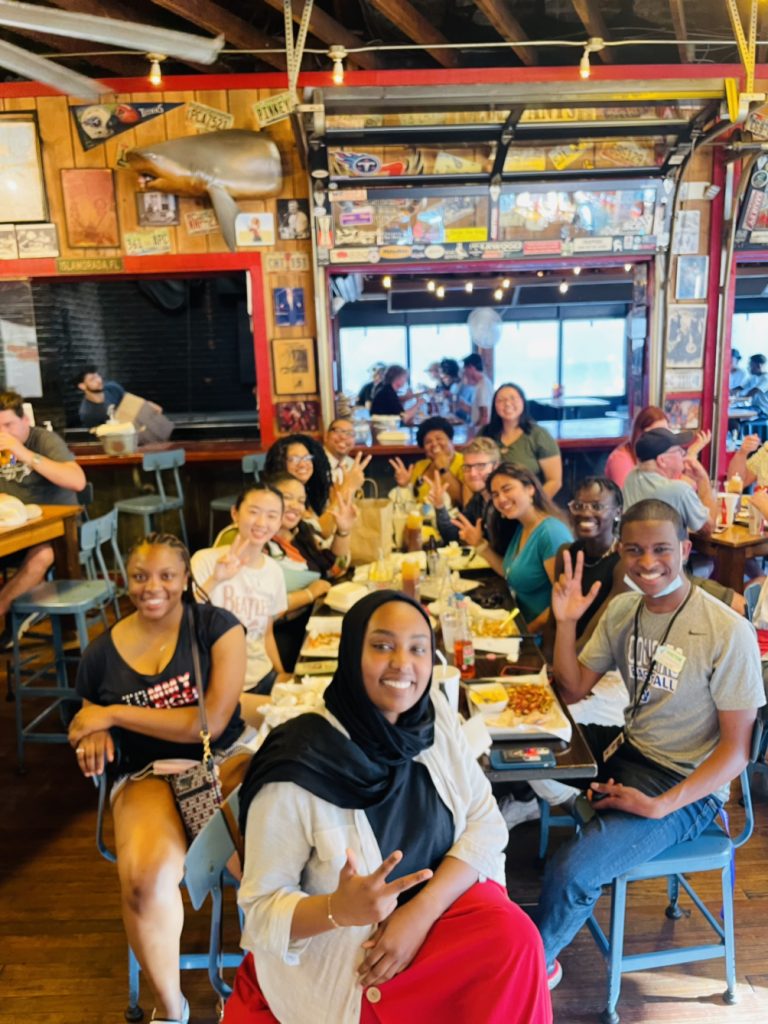
From there, if we can get an overview of screening of what the mitochondrion looks like in very different human patients who are healthy, and across different ethnicities. This can allow us to look at molecular clues by comparing the structure and function of those genotypes. This will allow us a better understanding of the mitochondrial structure and help us delve deeper into other mechanisms that may be indicative of these structural changes, such as mutated mtDNA or molecular pathways involved in morphology. My ultimate goal is to be able to find a biological marker that could be used to identify these structural changes. For example, if we think that the MICOS complex (or the expression of these genes) may be important for these structural changes in any tissue of interest, we can use these genes as a panel to interrogate any mutations that might occur. Additionally, we can also take a biopsy of the tissue in interest to confirm its structure.
EN: Could what you’ve described happen in the next five or 10 years?
Hinton: We’re now using FIB-SIM and there’s also another scope that’s used for 3D called serial block facing-scanning electron microscopy, and they’re both based off of the SEM technology, but are used in different ways. So, it is very new as far as technology and the application in which we’re doing it, but since around the early 2000’s, people were starting to make improvements on the scope where it can obtain higher resolution.
The key becomes having enough samples in the database to be able to use the power of the FIB-SEM. So, if we have enough individuals who are across different ethnicities to be able to collect biopsies and donate their tissues, then we could be able to set up that large mitochondrial database. It’s kind of like setting up a project of which the genome was set up, where people were sequencing the genome, and everybody kind of pooled in and did this thing. So, if a lot of the imaging scientists across the world were able to mill a bunch of different samples, and create them, and collect them into a database, we could easily be able to have this free access, because that’s the goal of the actual grant, is to be able to make it free access to everyone.
The idea is to be able to put that knowledge out there so that we all can be able to use it freely and help diagnose individuals. The whole point is really to save lives.
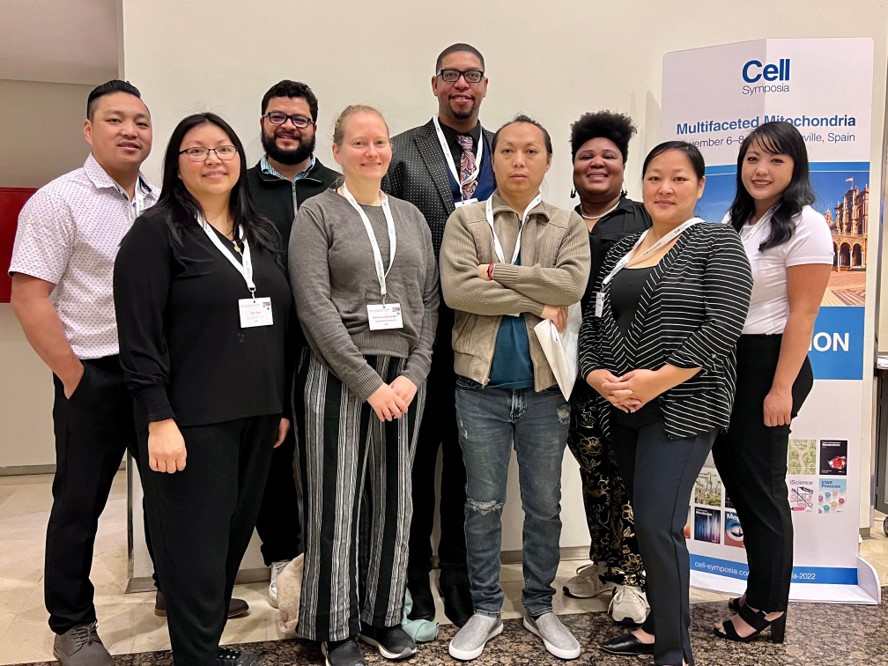
EN: The Chan Zuckerberg award honors you for your history of outreach and mentoring to minority, especially Black, scientists. What makes up your outreach in the Nashville community?
Hinton: It actually started in Iowa and at the Baylor College of Medicine. I really learned how to develop grassroot efforts from Dr. Gayle Slaughter at Baylor, who was the senior associate dean of diversity at the time. She allowed me the chance to be the president of the Association of Graduate Student Diversity, and so that allowed me opportunities to really understand how diverse backgrounds could work together and what was required for them to be successful.
So, from that knowledge base, when I was recruited to Iowa, my PI, E. Dale Abel, MD, PhD, taught me that you must speak about what is your passion, and not only is science your passion, but if mentoring and DEI are also your passions, then you should be able to pursue those also. So, while at Iowa, I accepted a position as the academic and career development instructor and I created the “100 Inspiring Black Scientists in America” and the “100 More Inspiring Black Scientists in America” because there was a myth that there were no Black scientists out there. Later, I partnered with the Community of Scholars and created the “1,000 Inspiring Black Scientists in America” list.
From the 1,000 Black scientists list, so many Black scientists were recognized or acknowledged because people didn’t realize there were so many scientists who looked like me and who were doing amazing discoveries in science.
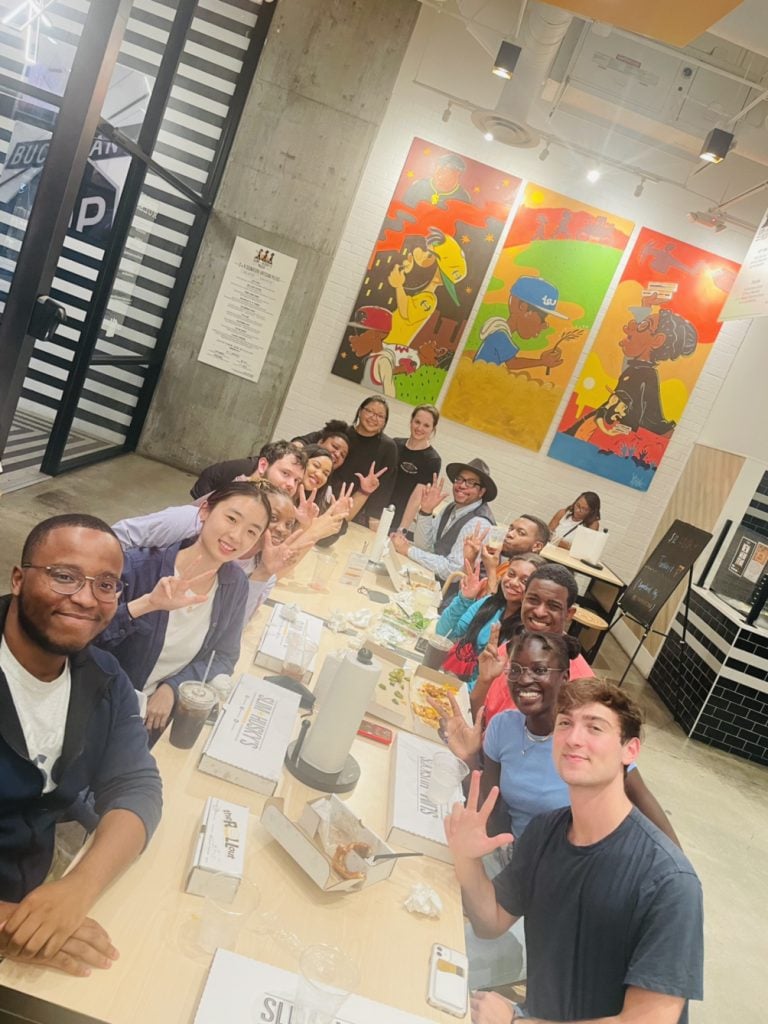
At Vanderbilt, I utilize my laboratory as a way to demonstrate what could be the standard at Vanderbilt and other universities across the nation with hiring diverse talent. For example, I have three African American individuals (one staff scientist and two post-docs, Dr. Andrea Marshall, Dr. Heather Beasley, and Dr. Dominique Stephens) working in my lab. I also have one Hispanic/Latino individual in the laboratory conducting biomedical research (Edgar Garza Lopez).
I’ve also created opportunities for individuals who are from Hmong backgrounds. For example, I hired the very first Hmong scientist, Zer Vue, who received a PhD in development biology. These individuals are part of my research staff scientists and post-docs.
EN: You also published an article in Cell about how predominantly white institutions (PWIs) can utilize the practices of historically Black colleges and universities (HBCUs) to better mentor and support Black students in the STEMM fields. Do you really think the nurturing environment at HBCUs can be replicated?
Hinton: So, leadership at PWIs must be able to read articles like mine and change their minds to be able to lead their peers and their departments. Creating a nurturing culture is going to bring in more resources! I also use my platform to raise awareness around topics of mentoring, career/professional development, and DEI. Currently, I have written 24 commentaries on these topics and conducted research studies in mentoring, career development, and DEI.
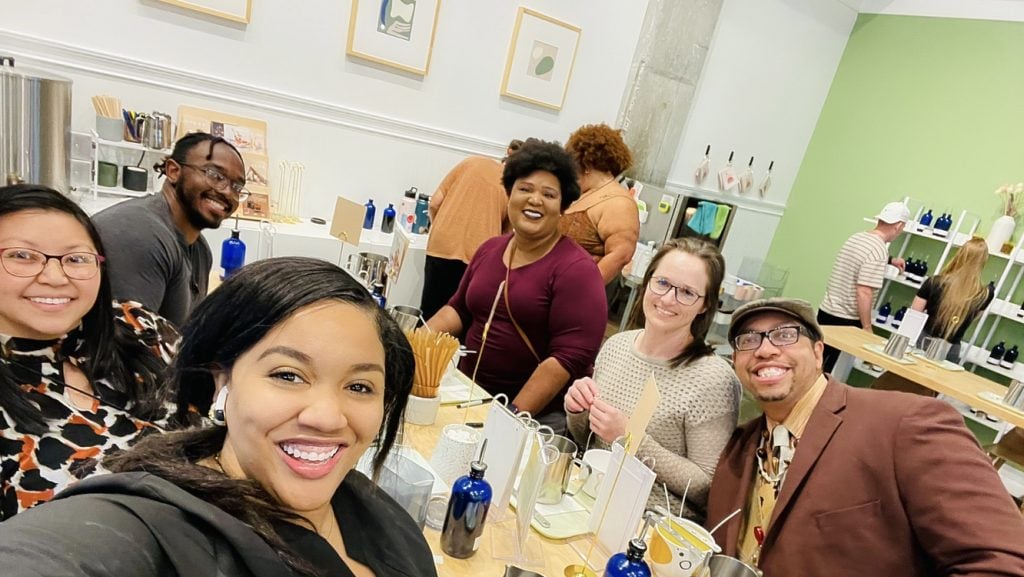
Additionally, I’m hoping that PWIs would strengthen their relationships with HBCUs to provide the opportunity for individuals to acquire real resources. For instance, when HBCU individuals are applying for grants, half the time they do not obtain the respect because they’re not at a PWI. Some funding agencies say they cannot do it because they are under-resourced, or they’re not actively doing cutting-edge research, or don’t have a librarian, etc. But it’s all a lie that’s been passed down.
“I’m curious if mitochondria could reveal pathology between a normal state and a disease state. I believe that when mitochondria changed their morphology, this is marked by changes in pathology. So, understanding how the context and structure looks like will give us clues about how pathology occurs, and as they change shape, maybe we could be able to dictate disease and maybe prevent disease ultimately.”
Antentor Hinton, Jr., PhD, Ernest E. Just Early Career Investigator; Assistant Professor, Department of Molecular Physiology and Biophysics, Vanderbilt School of Medicine Basic Sciences, Vanderbilt Diabetes Research and Training Center, Nashville, Tenn.
Notably, HBCU’s are leading science education in many areas. They’re turning over large numbers of undergraduates with science degrees, and these students are going on to graduate school at PWIs and doing well. A few other Zuckerberg award winners graduated from HBCUs, like myself, or were trained by individuals who went to an HBCU.
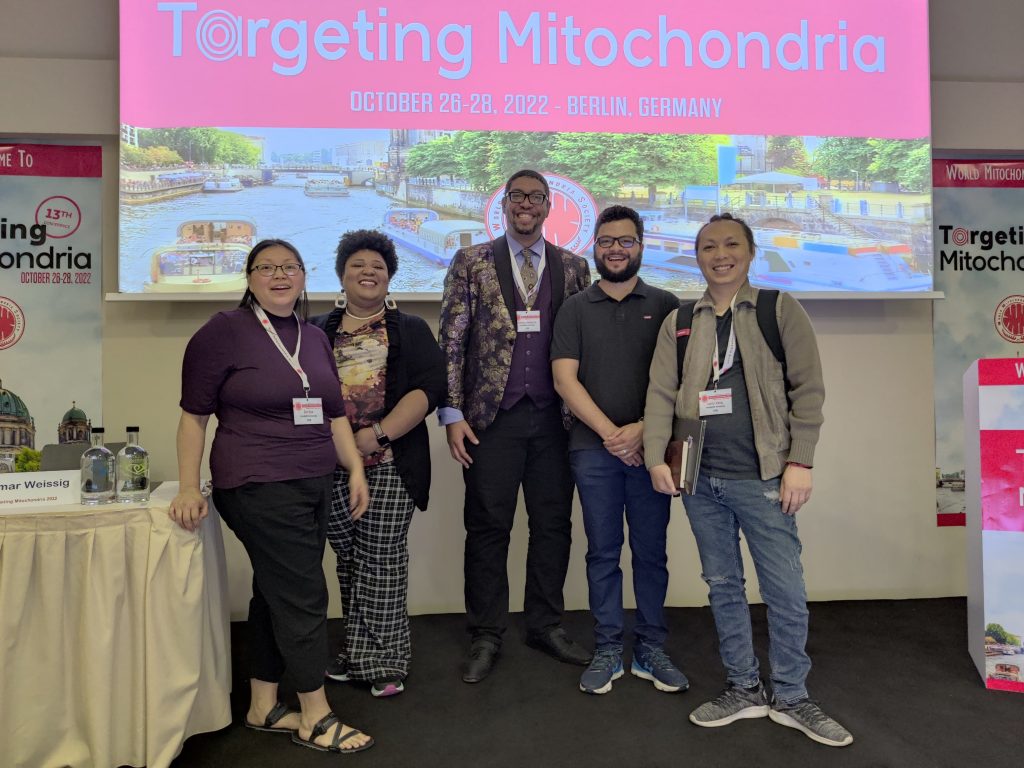
One other thing is that I hope societies that have the power will create more programs that mentor minority scientists, like the [Endocrine Society’s] FLARE program, that I once participated in, for example. Institutions can create programs that give junior faculty access to senior faculty for help in writing their first R01 grant and help to demystify the process. Sometimes it’s just about getting the first grant, and then the rest will come, right?!
—Glenda Fauntleroy Shaw is a freelance writer based in Carmel, Ind. She is a regular contributor to Endocrine News.

